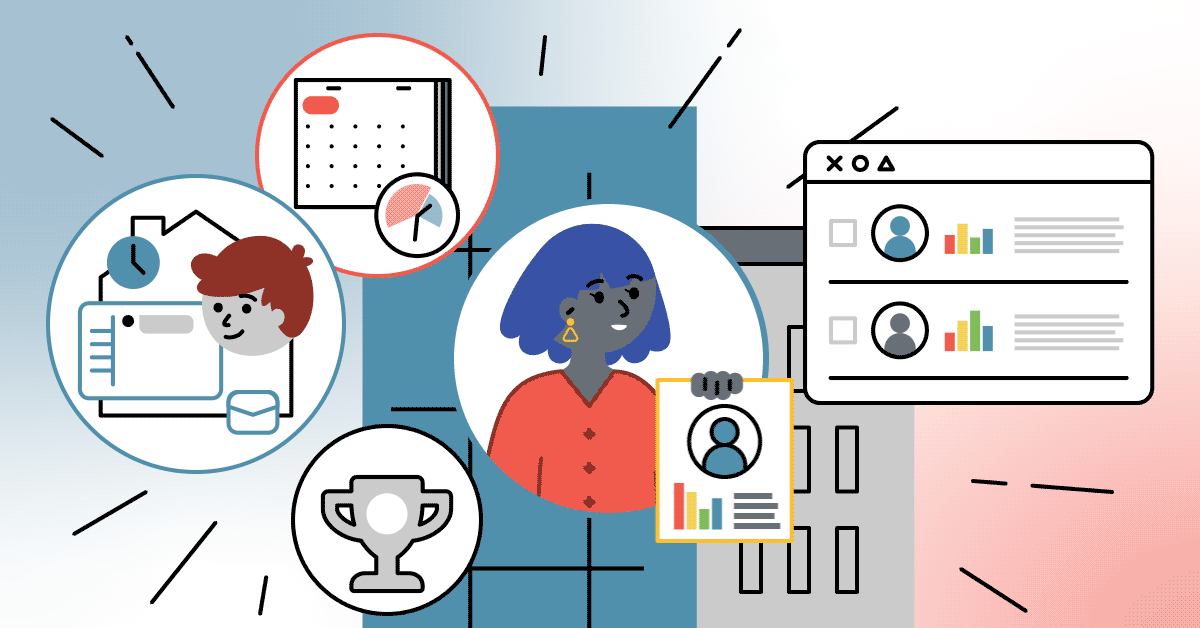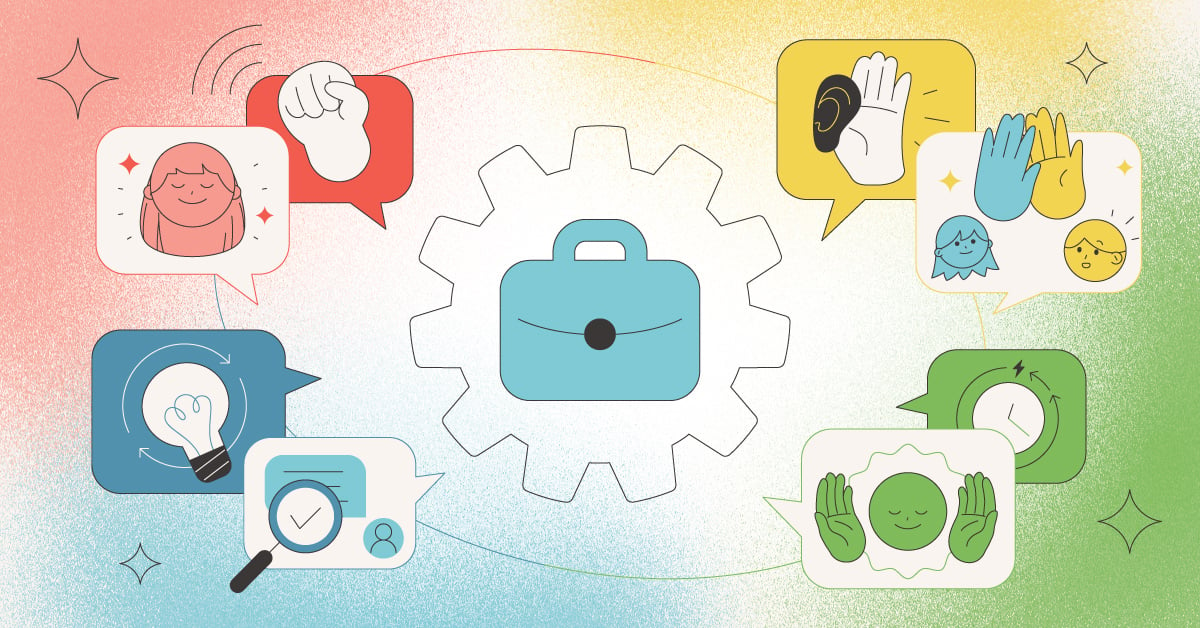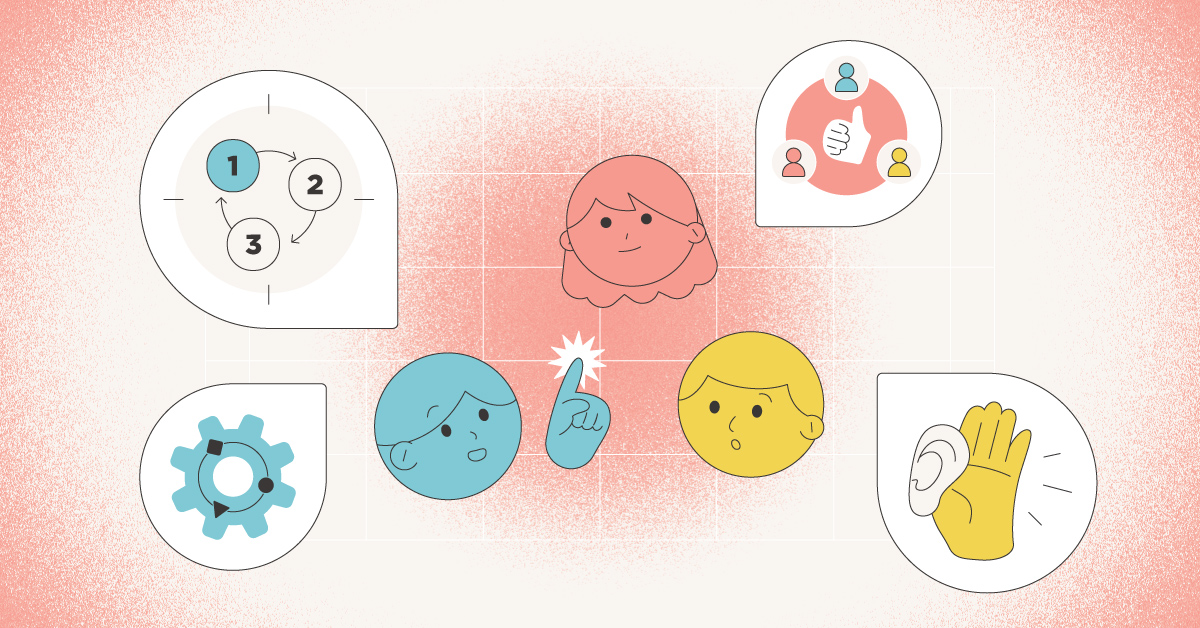
If company culture isn’t top-of-mind for your company, it should be. Now more than ever the mission and day-to-day values of an organization are key when it comes to retention, recruiting, productivity and profit.
As the Senior Vice President of Operations at TTI SI, my job is to help people understand the processes surrounding their work. Something that heavily affects those processes is, in fact, company culture.
Let’s dig into how you can build a culture of people who stay.
Roadblocks in the New World of Work

While considering company culture, knowing what not to do is just as important as knowing what to do. Unfortunately, there are a lot of examples of companies not handling their processes and people in the correct way, which has resulted in a competitive new job market.
While the war for talent looks entirely different from how it did in 2019, there is still a shortage of job candidates to fill positions. Many companies are experiencing a Great Resignation where their employees are leaving en masse for new opportunities, better benefits, and a work-life balance that works for them. NPR shared that “a record 4 million people quit their jobs in April alone.”
How can organizations create a culture that attracts candidates and keep them in the long term?
The 3 Details You Need to Nail Down Now
There are three things the market is identifying right now as the top reasons workers are staying at their jobs:
1. The Option to Work Remotely
Remote work has become more popular than ever before. One study shows that over half of surveyed employees would be more likely to choose an employer who offered remote work options. 77% said having the option to work from home would make them happier, even post-COVID.
Of course, there are a lot of reasons why employees might prefer their employees return to work physically in the same place, together. We’ll talk about what those reasons are and how your organization can adapt in a moment.
2. Flexibility
Workers are not only looking for remote work options, they’re looking for a culture of flexibility. That can mean hybrid work options, abbreviated workdays, a four-day workweek, or compensated childcare. The best way to find out what your team needs is to ask them — the decision to be open is just as important as the execution.
3. A Workplace to Believe In
While this is less quantifiable, it might be the most important part of creating a culture of people who stay. LinkedIn shared that “86% of millennials would consider taking a pay cut to work at a company whose mission and values align with their own”.
How Can You Create a Workplace That Gives Talent What They Want?
You already know what workers want when they join an organization. Once you get them in the door, how do you keep top talent on your team? That’s where company culture comes into play.
If your organization focuses on defining values and developing culture, you’ll be a step closer to building your dream team. Shifting your mindset will be a big part of your success, especially in the hiring process. You can’t be thinking “I need to fill a gap in our team”; you need to be thinking about creating a culture with each hire.
Take the conflict about returning to the office for example. There are a lot of reasons why employers might want their team back in the office, but if those reasons aren’t properly shared and explained, employees might feel unconsidered.

One of the reasons employers might want their team working in person is the accidental productivity and brainstorming that comes from just interacting with others in a workplace; you might have a conversation over coffee that sparks your next big idea without anticipating it.
The good news is that if you build your company culture in the right way, you can still harness this collaborative energy. While employers might be assuming that physical proximity is the key, the secret is actually emotional proximity which can be achieved virtually. If your employees feel supported and understood in the workplace, they will be more likely to reach out to others and make those innovative connections that spark progress.
More good news: accessible, effective tools will help to build that supportive culture. When you incorporate behavioral assessments into your workplace, you increase your chances of finding the right players for your team and help your current team thrive in their roles.
The Big Picture Solution
What creating a lasting company culture does is create an offer in your workplace. Just as you craft offers for your customers, you need to craft offers for your employees.
Creating a hiring plan is your first step to creating a culture of people who stay — strong hiring means strong retention. Here are the three things you need to do to make that happen.
Understand the Job Before You Meet the Candidates

Fully defining the position before starting the interview process will let you move forward confidently.
Benchmarking is one of the ways to get that definition you need; this process will help your hiring team understand the needs of the position and it will help you craft a job description that attracts the ideal candidate.
Utilize Assessments
Job candidates want to know who you are and how working in your organization will contribute to their personal goals. It’s reasonable for you to want the same thing.
Using assessment tools in the hiring process will get you the insights you need to create the right company culture. Assessments take people’s understanding of others from something they feel or intuit to actual data they can measure and compare. When the complexities of behavior, motivation and more are laid out in an easy to understand format, communication and culture both get a boost.
Offer the Benefits They Want
This is where those three details I mentioned above come into play. If you’re not going to give employees flexibility and meaning in their work, someone else gladly will. You don’t want the competition to get your dream candidate.
If the role necessitates being in-person, you can look to other ways to provide flexibility to match employee expectations. Flex hours, enhanced PTO, or a four day workweek can all help achieve this.
Building the right foundation of benefits and development through assessments will help you create a culture of people who stay.
Investing in a hiring plan beyond 2022 will set the foundation for you to hiring through 2030. Avoid the "quick and dirty" outlook so many businesses share, and set yourself up for success by digging in and building a culture of appreciation and value.
Creating a Culture of People Who Stay
It can be daunting to approach the process of honing company culture but it’s one you need to start if you want to find and keep the best employees for your business. The hardest part is getting started, so let this article inspire you to create the kind of company culture you can be proud of.
Interested in using TTI SI’s tools?
We can help. Contact us here to learn more about using our tools for your hiring process, employee development, and more.




